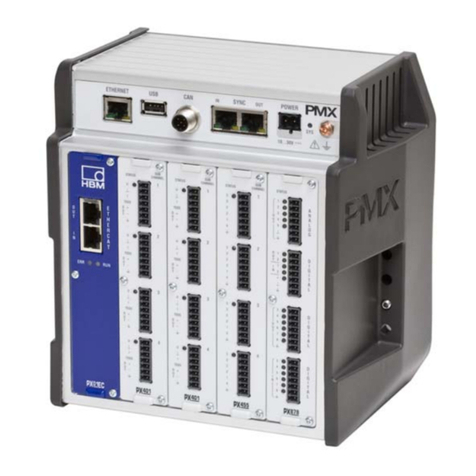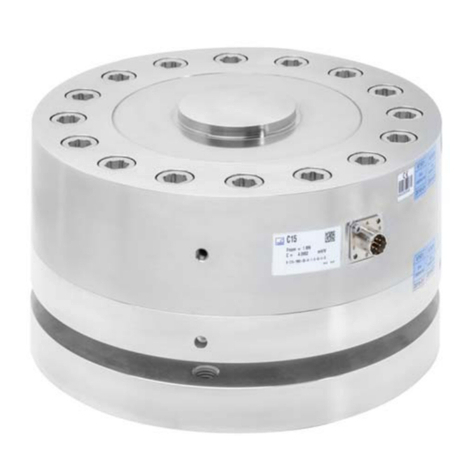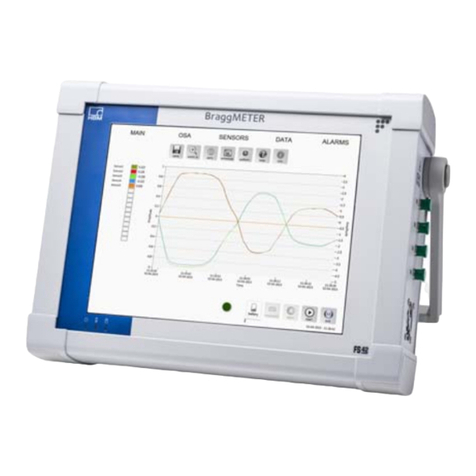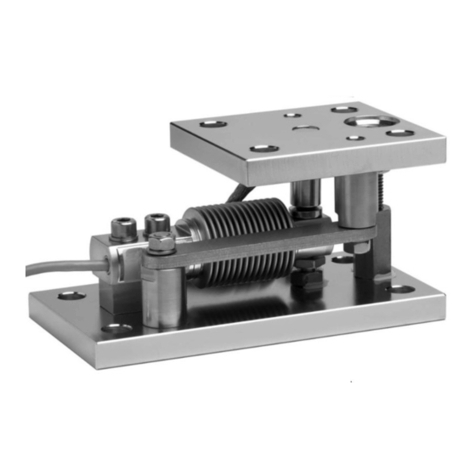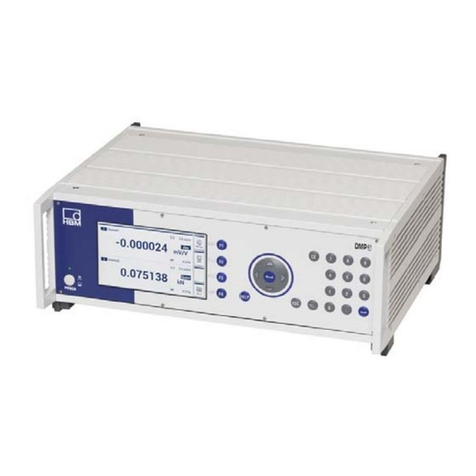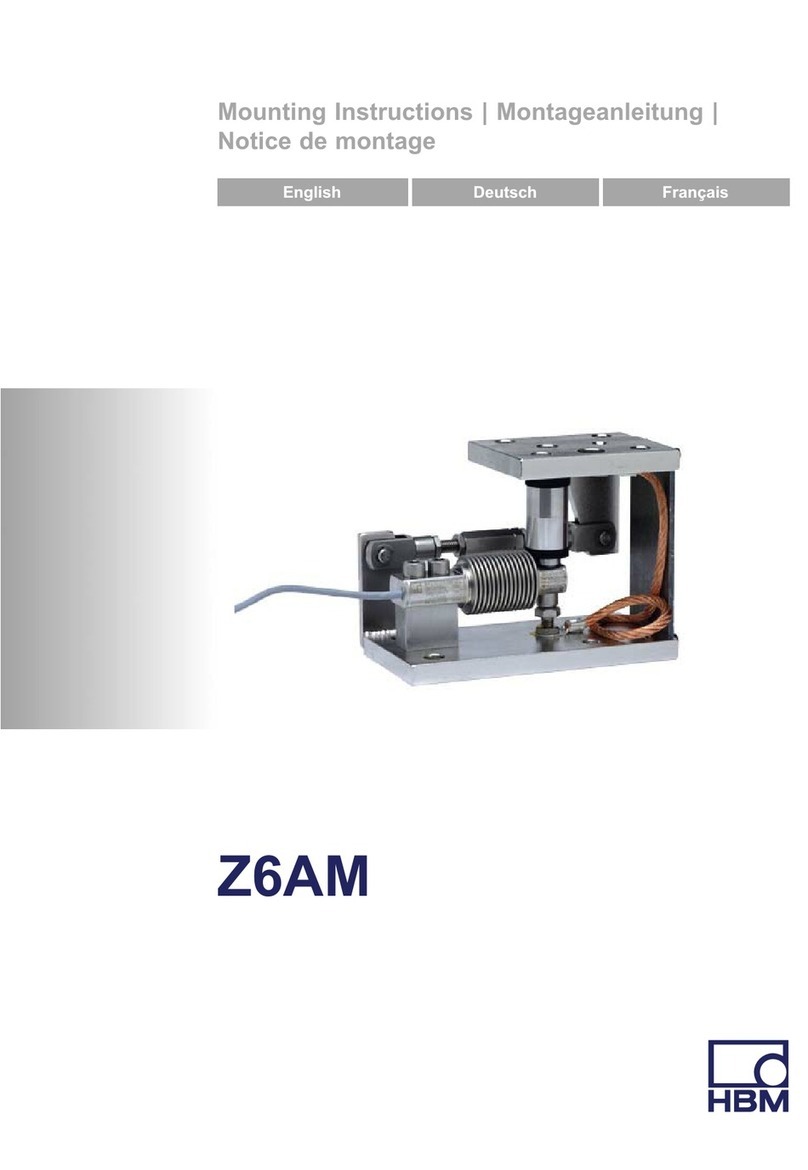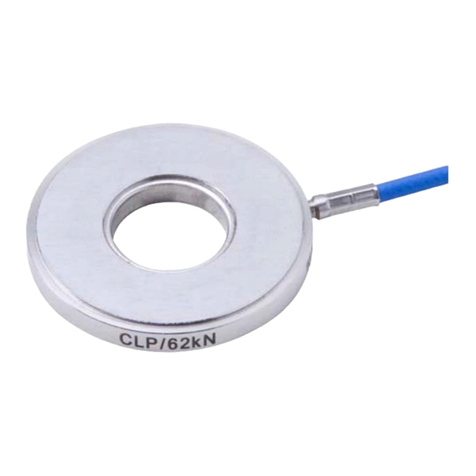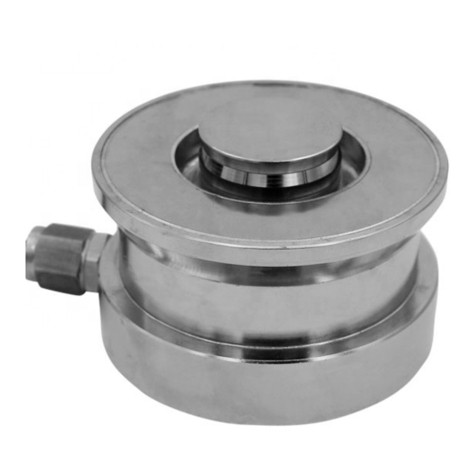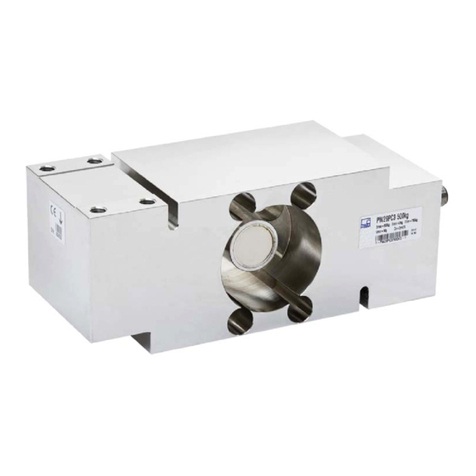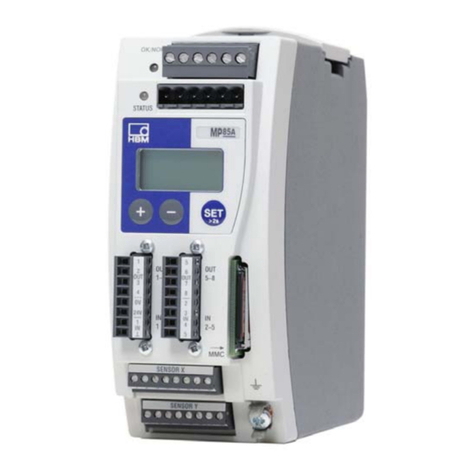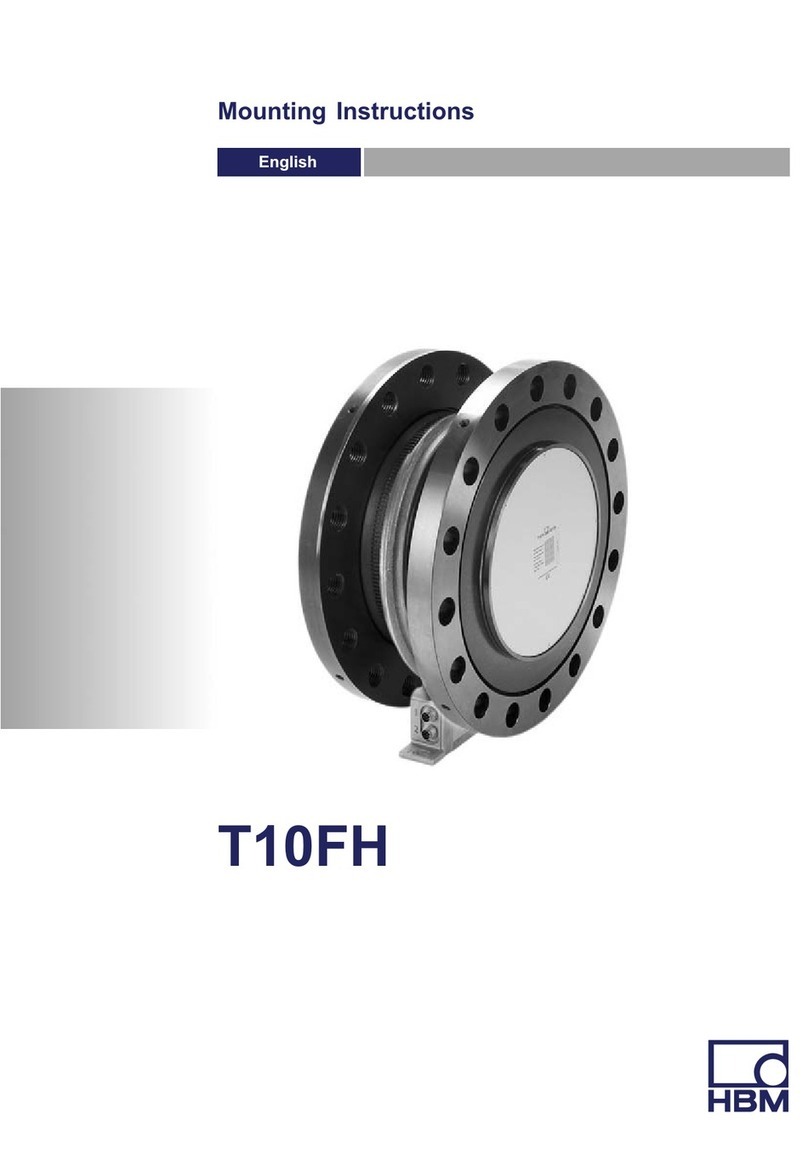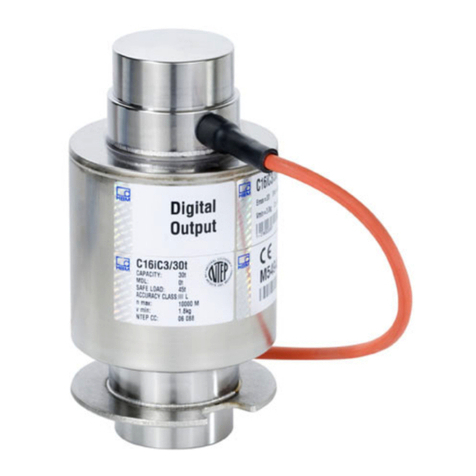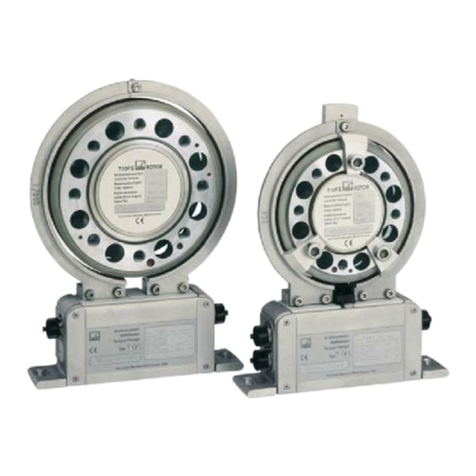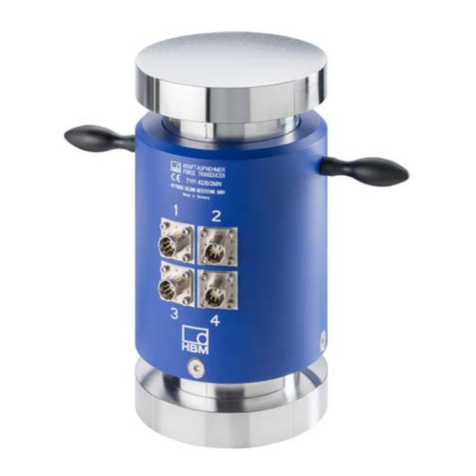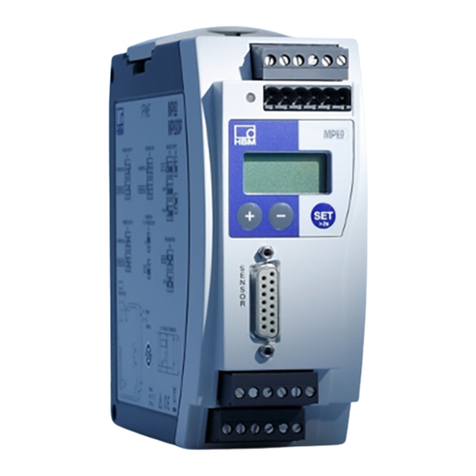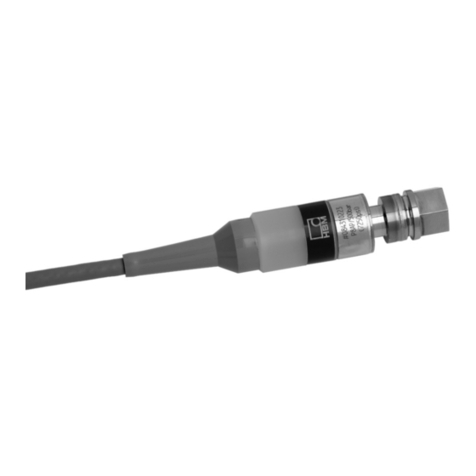
Table of Contents
Table of Contents
1Introduction
1.1 GEN series Multi-Mainframe configurations.........................................................................................7
1.1.1 How to use this manual..........................................................................................................8
1.2 Requirements.......................................................................................................................................9
1.2.1 System performance tests......................................................................................................9
2 Getting Started
2.1 Introduction.........................................................................................................................................11
2.1.1 Master/Slave option..............................................................................................................11
Master/Slave board..........................................................................................................12
Fiber-optic cable...............................................................................................................12
2.1.2 Deliverables..........................................................................................................................13
2.1.3 Options.................................................................................................................................13
2.2 Master/Slave board............................................................................................................................14
2.2.1 Installation............................................................................................................................18
Installing and removing the Master/Slave board..............................................................18
2.2.2 Connecting the Master/Slave board.....................................................................................24
2.2.3 Example of a Master/Slave configuration.............................................................................25
2.2.4 Setting the Master/Slave operating modes..........................................................................26
2.2.5 Setting the Master/Slave trigger...........................................................................................28
2.2.6 Setting the synchronization source (Sync source)...............................................................30
3 Verification
3.1 Initial check-out...................................................................................................................................31
3.2 Verification procedure ........................................................................................................................32
3.2.1 Hardware set-up...................................................................................................................32
3.2.2 Software set-up....................................................................................................................32
3.2.3 Making a multi-mainframe recording....................................................................................34
4 Specifications
4.1 Introduction.........................................................................................................................................35
4.2 Master/Slave board specifications......................................................................................................36
4.3 Fiber-optic cable specifications..........................................................................................................37
I2710-1.0 en - Table of Contents 5












